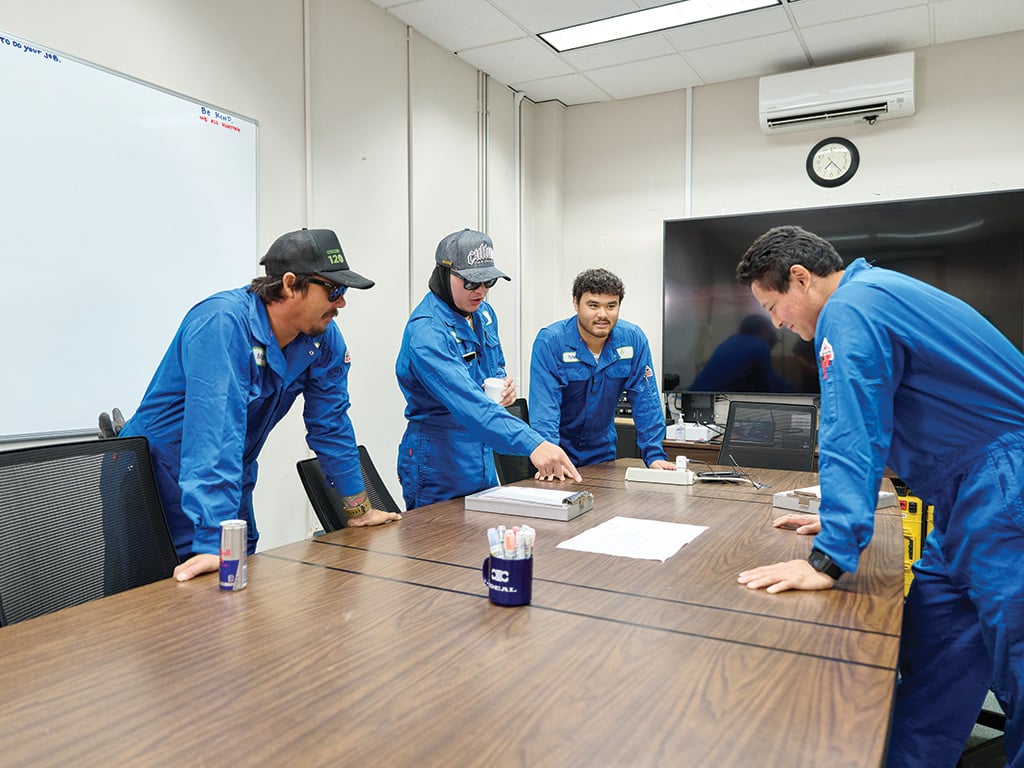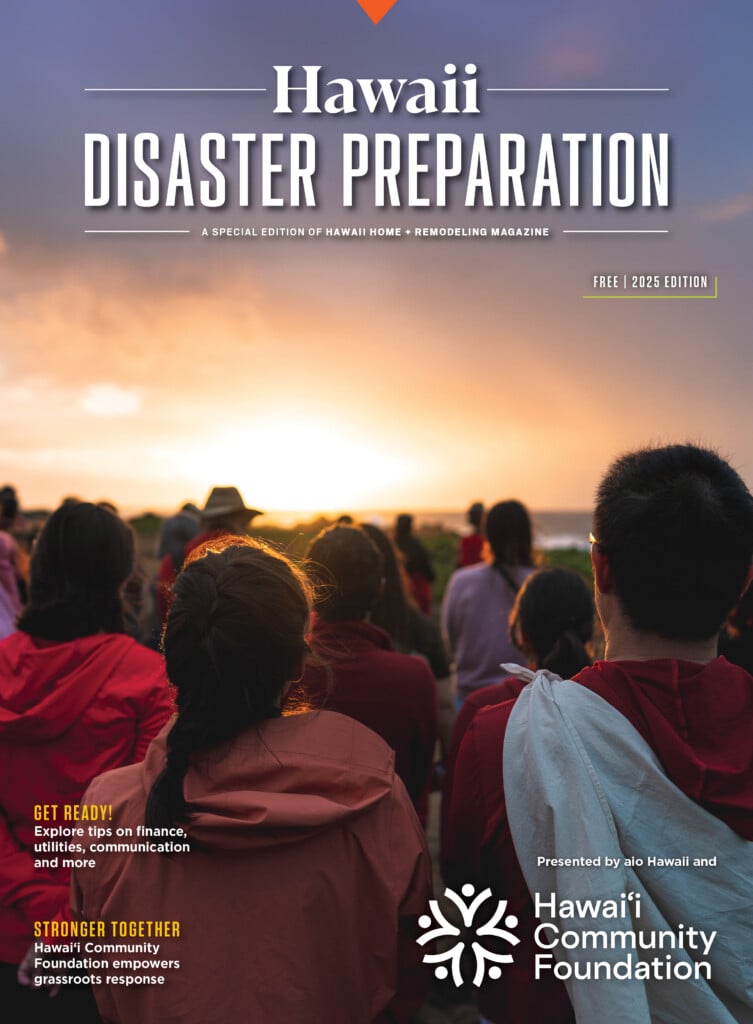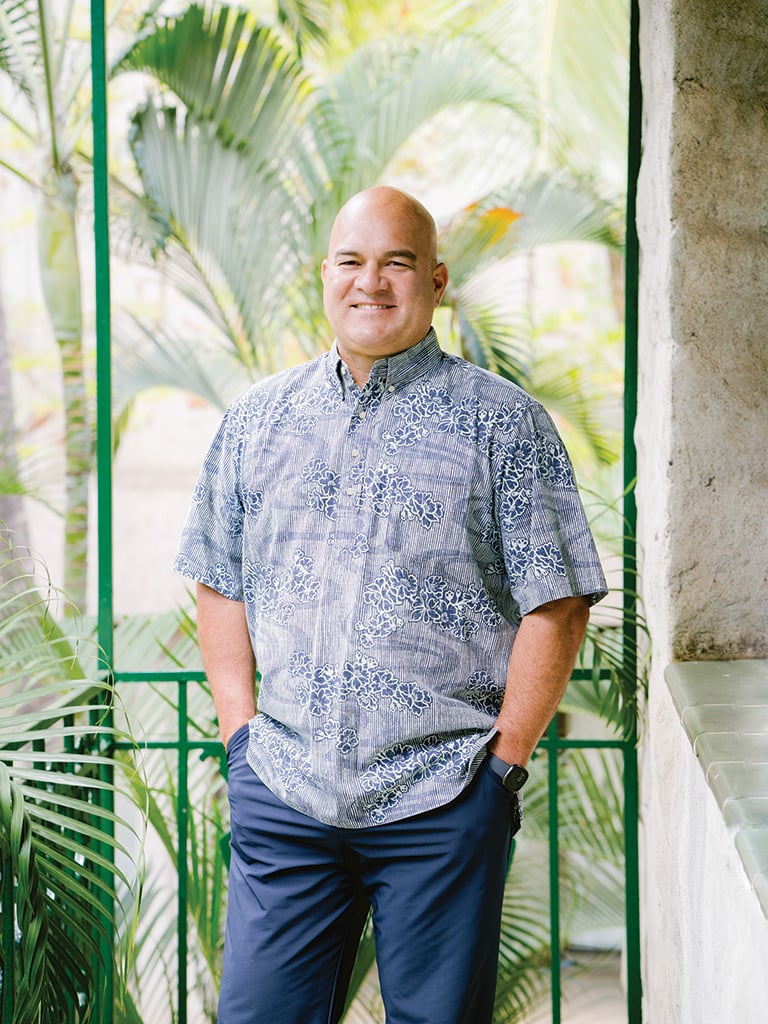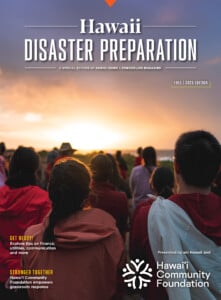Utilities and Community Response
Restoring gas, water and power after emergencies takes skilled crews and cooperative residents.

Featured photo: Staff safety is a top priority in disaster preparedness discussions at Hawai‘i Gas.
The unsung heroes of disaster preparation are the men and women at Hawaii’s utility companies — those who gear up for long hours in tough conditions while the rest of us hunker down. Our island geography creates unique challenges in restoring gas, water and electricity after a major event. Specialized crews must navigate damaged roads and limited access to bring back essential services. But local residents also play a role — before, during, and after a disaster — in helping utilities crews respond effectively.
According to Shawn Tasaka, vice president of operations at Hawai‘i Gas, restoration efforts demand a highly coordinated approach. Crews work with government officials and emergency agencies to identify critical needs and respond quickly, especially to places like hospitals and triage centers.
“Hawai‘i Gas has a statewide emergency response plan that we are continually revisiting and fine-tuning to ensure we are prepared for necessary action and response to any situation,” says Tasaka.

HECO crews evaluate hazards and coordinate logistics to efficiently restore power after emergencies.
Hawaiian Electric follows a similar strategy. “When restoring power, we not only fix what’s broken, but also address hazards to keep people safe,” says Jim Alberts, HECO senior vice president. “We work closely with emergency responders and keep the community informed every step of the way.”
Residents can support these efforts by being prepared at home. HECO recommends unplugging sensitive electronics to avoid power surge damage, turning off stoves during outages, and using flashlights instead of candles. Keep refrigerator and freezer doors closed, and never use generators indoors or near windows. If you rely on medical equipment, have a backup plan ready. And always stay clear of downed power lines, even if they appear inactive.
Hawai‘i Gas reminds customers not to shut off gas unless instructed. After a storm, inspect for damage, turn off gas only if safe, and call 911 or the gas company. Never try to restore service yourself.

Restoring water service after an emergency requires close cooperation between residents and the Board of Water Supply.
Honolulu Board of Water Supply chief engineer Ernie Lau adds: “Now is the time to follow up on plans to reduce any impacts on your ohana. Make sure your disaster kit includes at least a gallon of water per person per day — for 14 days. For successful disaster preparedness, stay vigilant and avoid becoming complacent.”






